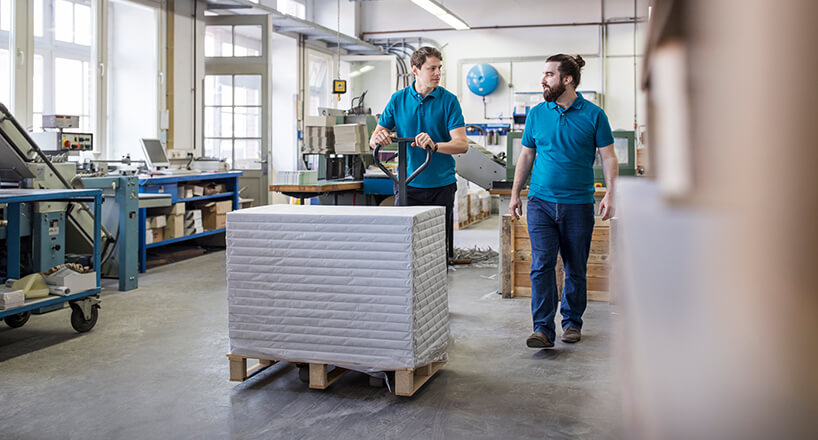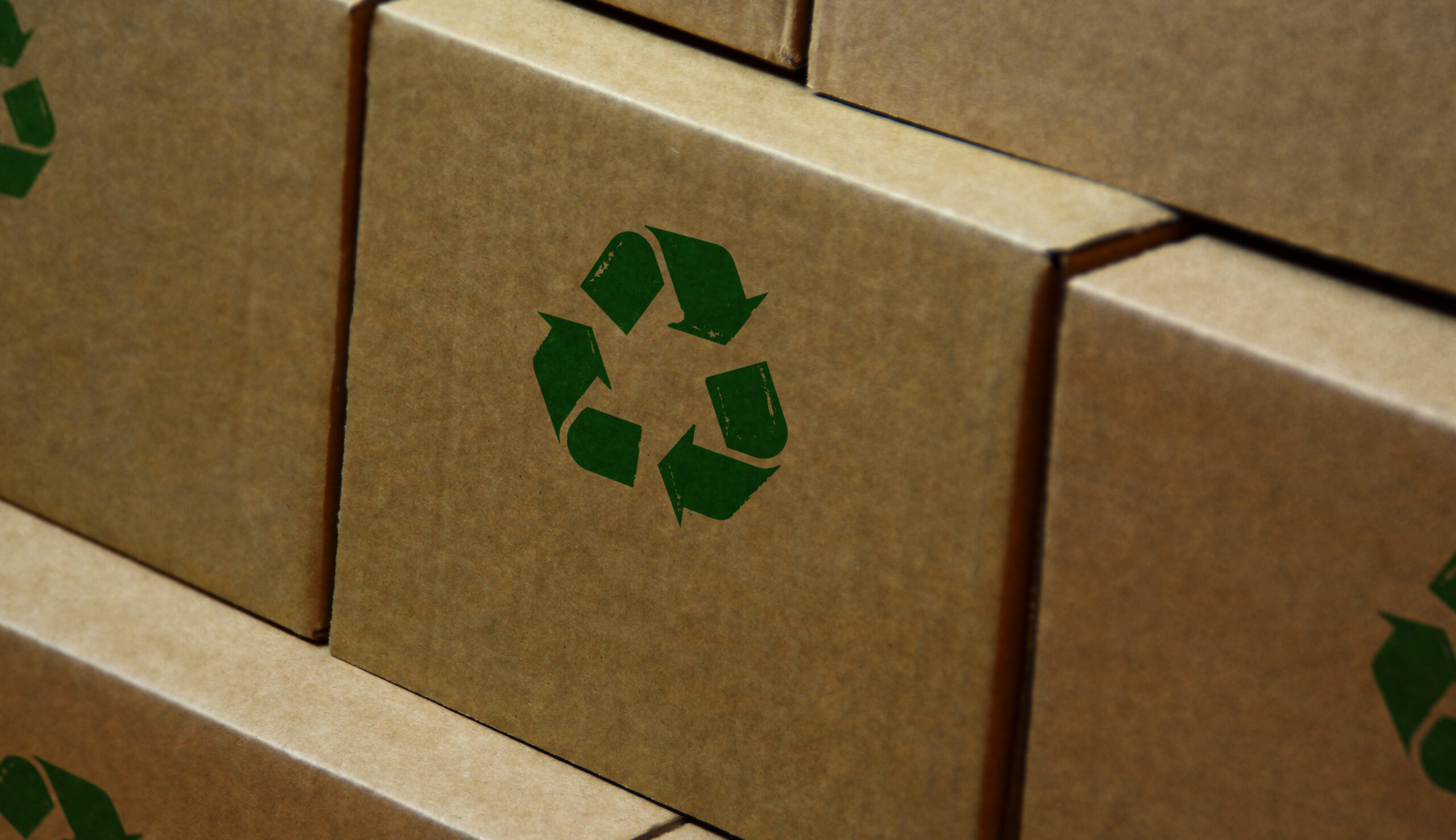Proper paper handling and storage is essential for maintaining the productivity, efficiency and quality output of your commercial printing operation.
When was the last time you thought about paper handling and storage? Chances are, it’s been a while. Many commercial printers use such a high volume of paper that it rarely stays on the shelf or in the warehouse for long. But there are some tips that can protect your valuable paper inventory and minimize waste so your print operations run smoothly.
1. Maintain Moisture Levels
Most of us don’t spend too much time thinking about the moisture level of paper; it’s all dry, right? Actually, just as paper is manufactured in different weights, it also has different moisture levels depending on the intended end use. Paper that becomes more wet or dry than intended can impact print quality.
The edges of paper, where it has been cut, are the most sensitive to moisture, especially if the wrapping is compromised or the paper is left open. Moisture changes can result in wavy or tight edges and may impact the way sheets feed into a press.
In digital printing, the process of putting ink on the paper is governed by an electrical charge that attracts or repels toner, and the moisture level of the paper can affect that charge. In addition, paper that is too dry can build up static, which can cause pages to stick together and feed multiple sheets, creating jams on the printer or press.
Maintain a humidity level between 35–55 percent in all paper handling and storage areas to avoid issues caused by fluctuating moisture levels. You can use humidifiers or dehumidifiers to control the environment in smaller rooms, but larger rooms, like warehouses, can be more challenging.
“I’ve seen some larger press rooms install misting systems at the ceiling that go off at certain intervals to add moisture to the environment,” says Lori Slovik, Domtar’s technology manager, printing papers. “Just be sure not to store paper right underneath the mister.”
2. Beat the Heat
Humidity is important, but so is temperature. Paper should be stored in a controlled atmosphere, preferably at a temperature between 68 and 76 degrees Fahrenheit, whether that’s in a warehouse, an office or a press room. It also should be stored out of direct sunlight, which can impact the temperature of the paper as well as the color.
Extreme temperatures won’t damage paper, but they can create problems during printing. A good best practice is to acclimate paper to the proper temperature in a paper handling or storage area before using it to avoid problems during printing.
“For example, this winter we shipped an order of paper to a plant in Wisconsin where it was -15 degrees outside,” Slovik says. “If you brought that paper right in and started using it in a 70-degree pressroom, the cold paper hitting the warm press would shock the paper, causing wrinkling and poor uniformity of registration.”
A good rule of thumb is to let paper acclimate for at least 24 hours before a job to avoid paper shock, and store it at a consistent temperature after that.
3. Protect the Packaging
Paper is shipped in packaging that has been designed to maintain its ‘as manufactured’ moisture level, which means the best way to keep paper ready to print is to store it in its original packaging until it’s needed.
“We see a lot of Monday morning breakdowns, with people calling in because their copiers are jamming or the toner isn’t transferring uniformly, and that is often due to paper being stored in uncontrolled environments over the weekend,” Slovik says.
This can happen if a printer refills copy machines or presses on a Friday night, but then the climate isn’t regulated over the weekend. Especially during the middle of summer, heat and humidity can affect paper by Monday.
Try to maintain consistent temperatures and humidity levels in all paper storage and handling areas, even when the business is closed.
4. Lay It Flat
In addition to keeping paper wrapped in its original packaging, printers also should store reams flat rather than on end. Not only can this protect the packaging, but it can also help prevent buckling or other edge damage.
If individual reams are stored on shelves, then the shelves should be made of a solid material, rather than wire shelving, to prevent ‘patterning’ on the surface of the paper that is in contact with the shelf. Damaged paper does not feed well and can result in paper jams that will cost the printer time and efficiency.
Following these tips will help to protect your investment in inventory, reduce waste and maintain the quality of print output. Feel free to contact us with any specific questions you may have.







